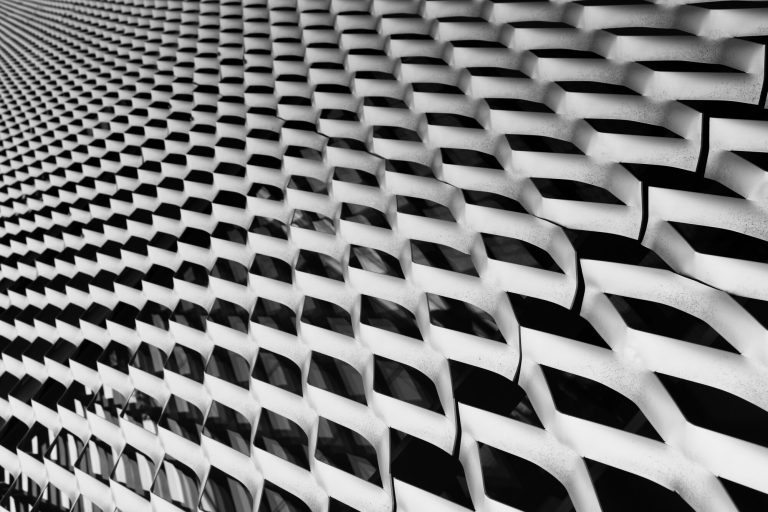Understanding Perforated Sheet Metal A Comprehensive Guide
Perforated sheet metal is a versatile material that has gained prominence in various industries due to its unique properties and numerous applications. Characterized by its pattern of holes punched into a sheet of metal, perforated sheet metal serves both functional and aesthetic purposes. In this article, we will delve into the features, benefits, applications, and factors to consider when selecting perforated sheet metal, specifically focusing on a standard size of 4 x 8 feet.
What is Perforated Sheet Metal?
Perforated sheet metal is created by taking a flat sheet of metal and using a punch press to make a series of holes in it. These holes can vary in size, shape, and spacing, allowing for customization based on specific project requirements. Common materials used for perforated sheet metal include stainless steel, aluminum, and mild steel, each offering different attributes such as corrosion resistance, weight, and strength.
The sheet size of 4 x 8 feet is particularly popular in many applications. This standard dimension provides ample surface area, making it suitable for various projects, from architectural components to industrial uses.
Key Benefits of Perforated Sheet Metal
1. Lightweight Yet Strong Despite the presence of holes, perforated sheet metal maintains considerable strength. This makes it an excellent choice for structures that require support without adding excessive weight.
2. Ventilation and Light Diffusion The perforations allow air, light, and sound to pass through, making these sheets ideal for applications requiring ventilation or light diffusion. This property is crucial in contexts like creating partitions in commercial spaces or in manufacturing environments.
3. Aesthetic Appeal The patterns can be tailored to enhance visual appeal, making perforated sheet metal a popular choice in interior design, facade elements, and architectural features. The ability to design custom patterns allows architects and designers to use it as a decorative element.
4. Durability and Longevity When properly finished, perforated metal sheets can resist corrosion, rust, and other forms of wear and tear. For instance, stainless steel perforated sheets are excellent in environments where exposure to moisture and chemicals is a concern.
5. Cost-Effective Solution For large-scale projects, perforated sheet metal can be more economical compared to solid sheet metal due to reduced material usage without sacrificing strength. This cost-effectiveness does not diminish the quality or functionality of the end product.
perforated sheet metal 4 x8

Common Applications
Perforated sheet metal finds its utility across a broad spectrum of industries and applications. Some key areas include
- Architectural Elements Designers use perforated sheets for facades, sunshades, railings, and ceiling panels to create dynamic visual effects while maintaining functionality. - Sound Control In environments like theaters and auditoriums, perforated metals are used to control acoustics, helping to enhance sound quality while minimizing unwanted noise. - Industrial Uses In manufacturing, perforated sheets serve roles such as material conveyors, filters, and even safety guards that require airflow or visibility. - Furniture Design Many contemporary furniture designs incorporate perforated sheet metal for innovative looks and functional design features.
Selecting the Right Perforated Sheet Metal
When choosing perforated sheet metal, several factors must be considered to ensure it meets the specific needs of the project
1. Material Type Depending on the environment and application, select a material that offers the necessary strength and corrosion resistance. Stainless steel is ideal for wet environments, while aluminum may be preferable for lighter applications.
2. Hole Size and Pattern The size, shape, and arrangement of the holes affect both aesthetics and functionality. Consider the purpose of the sheet to determine the best specifications.
3. Thickness The thickness of the sheet metal impacts its durability and strength. Ensure that the selected thickness can withstand the potential stresses of its intended application.
4. Finish Options Various finishes, such as powder coating or anodizing, can enhance not only the appearance but also the durability of the sheet metal, providing additional protection from wear and environmental factors.
Conclusion
Perforated sheet metal, particularly in the 4 x 8 feet format, is a remarkable material that combines functionality with aesthetic flexibility. Its diverse applications make it invaluable across various sectors, from architecture to manufacturing. By understanding its benefits and considering the factors that determine its suitability, one can effectively harness the advantages of perforated sheet metal for numerous projects, ensuring both practicality and style.
-
Why Galvanized Trench Cover Steel Grating Resists Corrosion
NewsJul.10,2025
-
The Versatility and Strength of Stainless Expanded Metal Mesh
NewsJul.10,2025
-
Load Calculations in Steel Grating Platforms
NewsJul.10,2025
-
Keeping Pets and Kids Safe with Chicken Wire Deck Railing
NewsJul.10,2025
-
Hole Diameter and Pitch for Round Perforated Metal Sheets
NewsJul.10,2025
-
Aluminium Diamond Mesh in Modern Architecture
NewsJul.10,2025
Subscribe now!
Stay up to date with the latest on Fry Steeland industry news.

